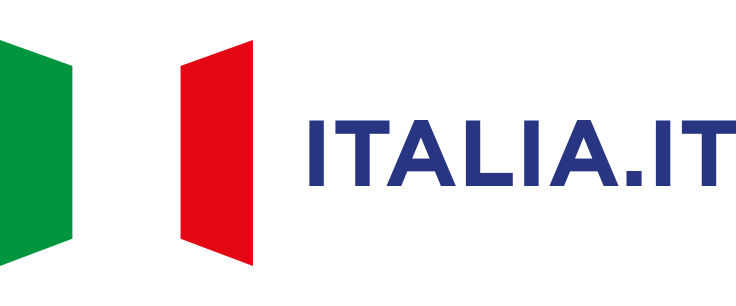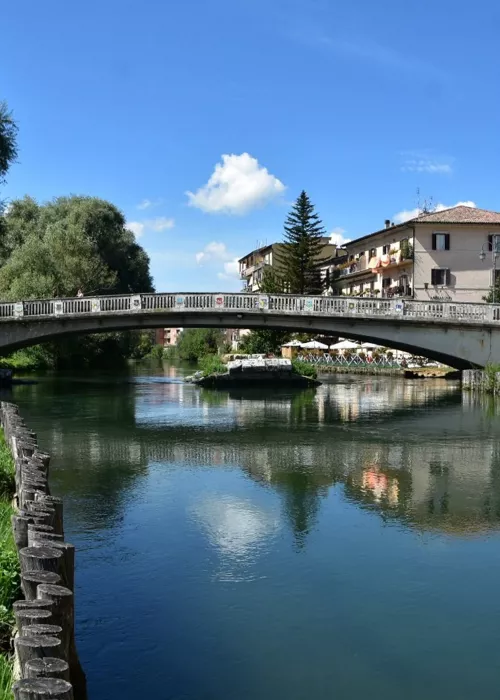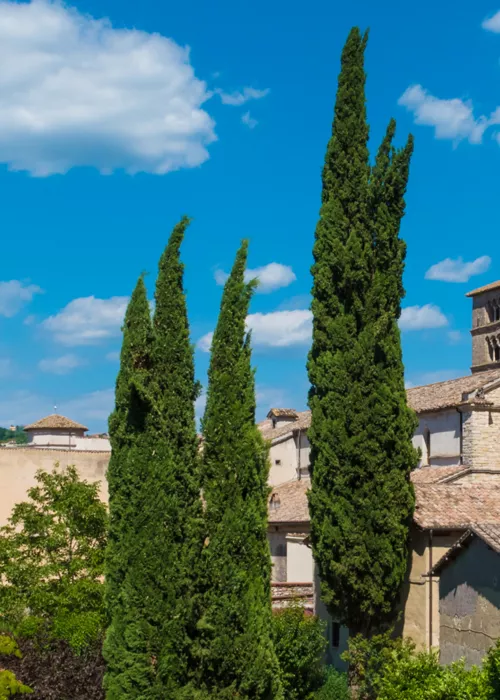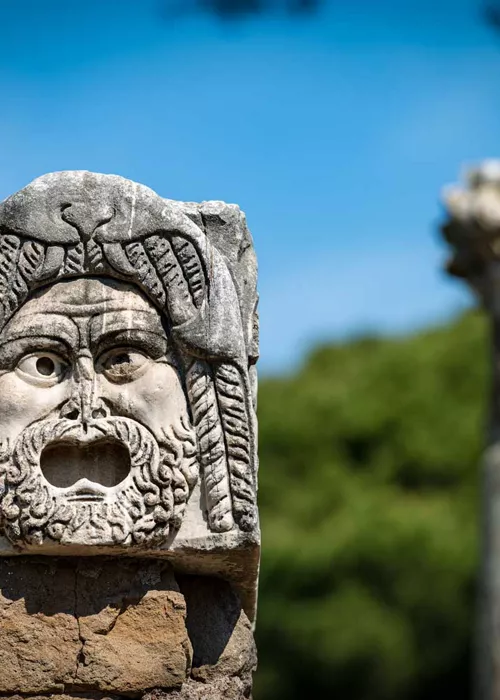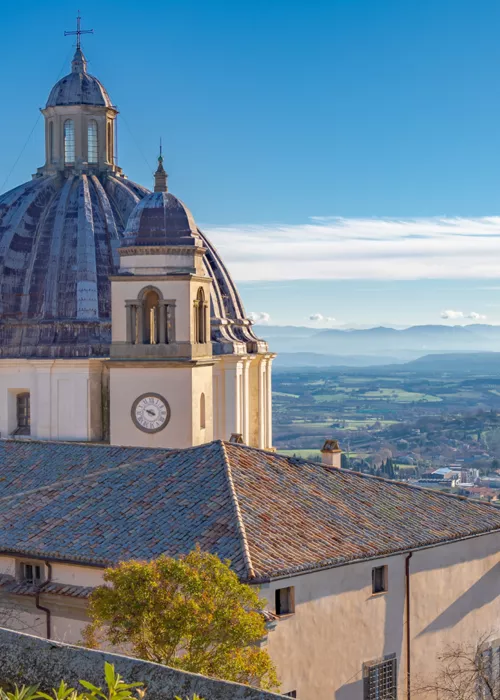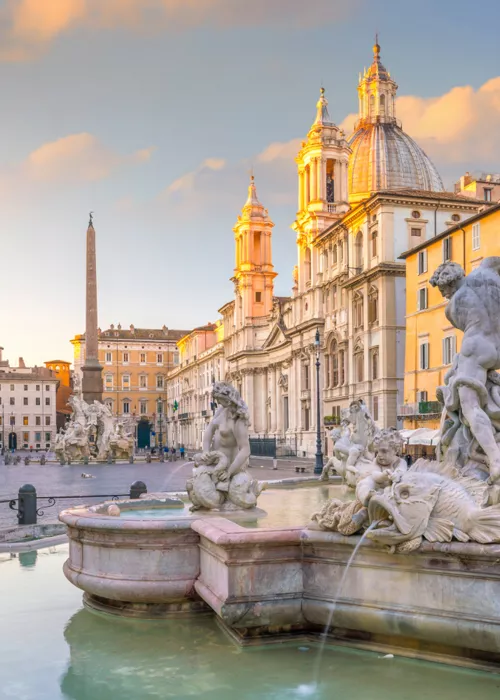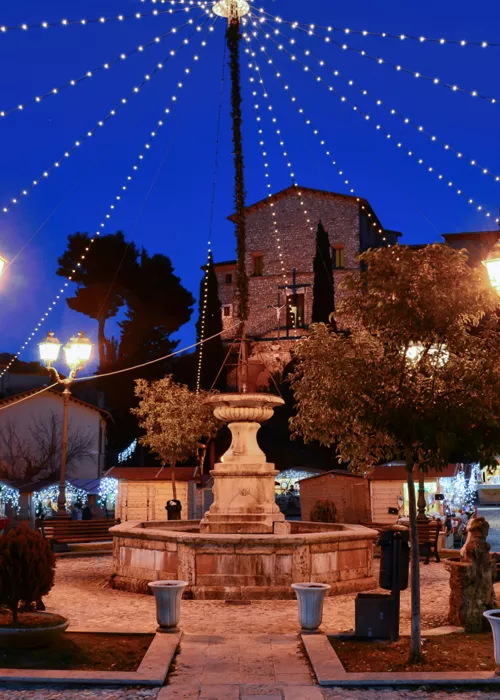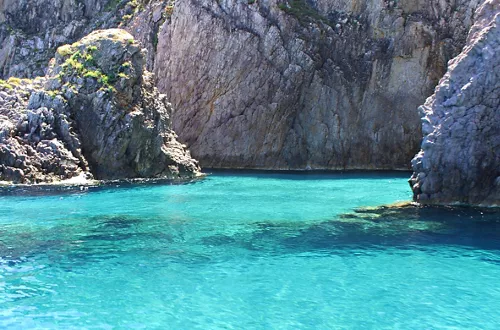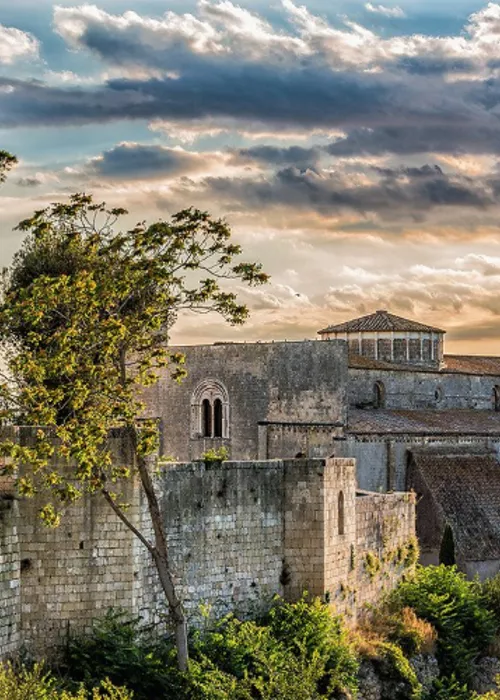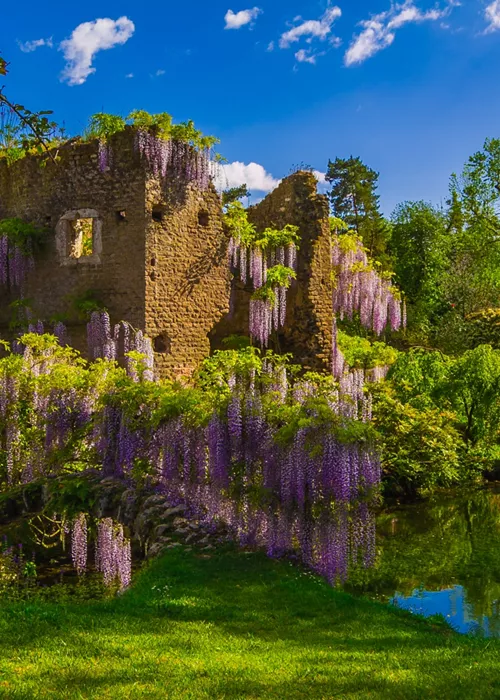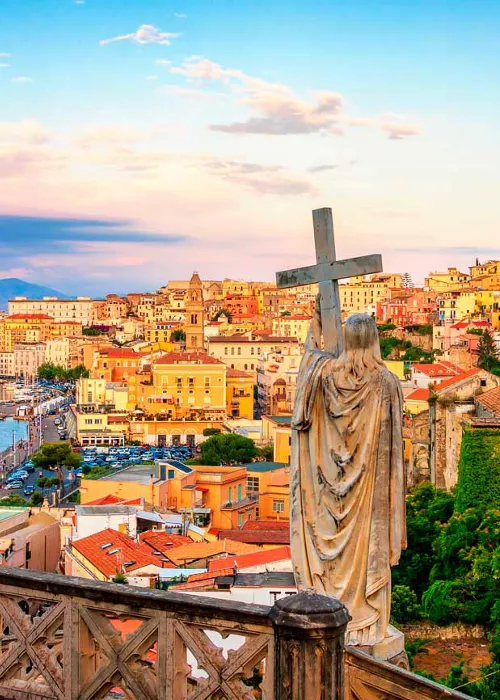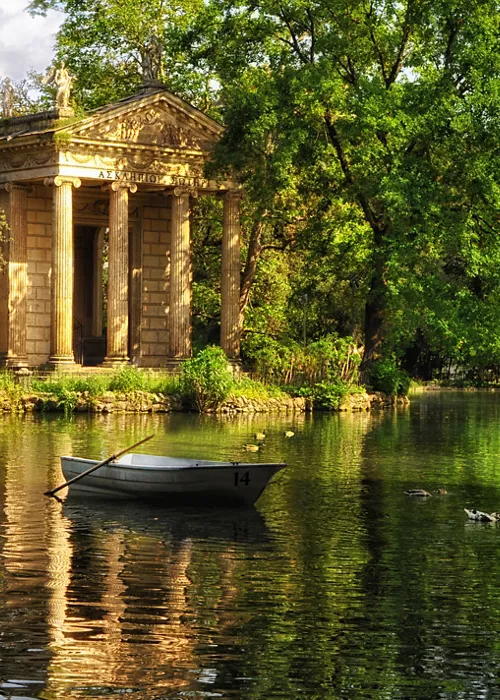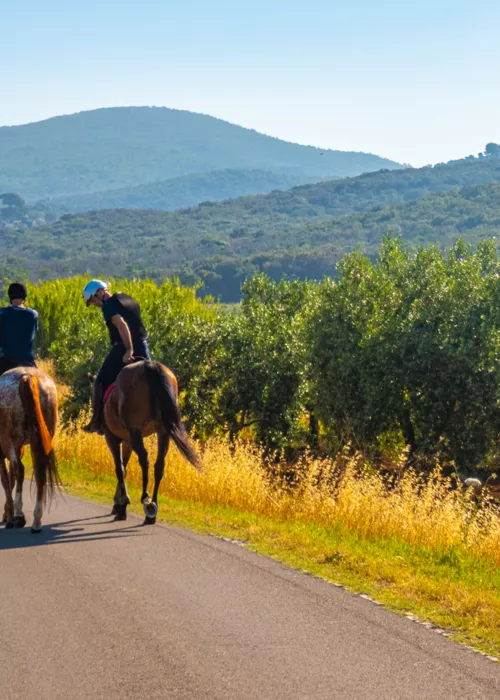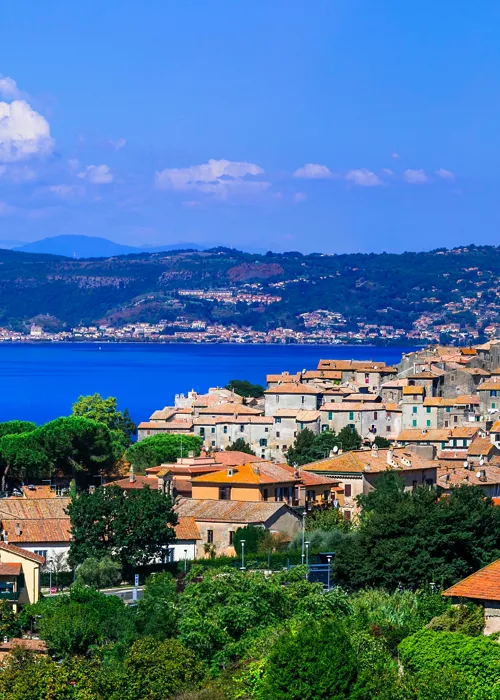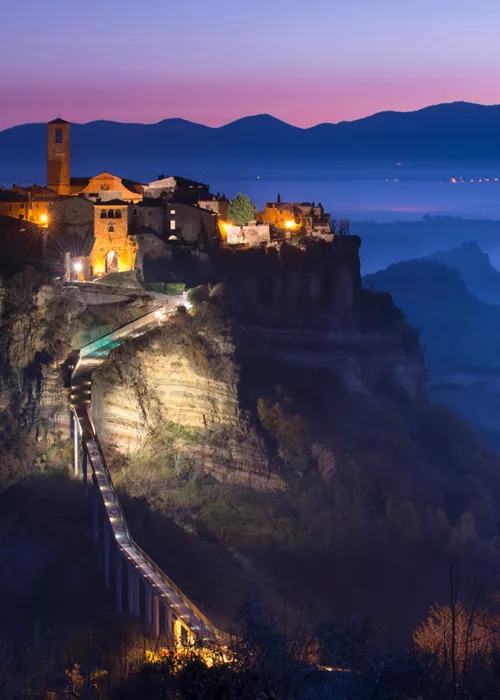Lazio: The Way of Saint Francis
3 minutes

Opened in 2003, the Cammino di San Francesco is a route of religious and natural interest that retraces the steps of the patron saint of Italy. The nature of the Lazio region, with its green forests and white limestone rocks, was the backdrop against which Saint Francis, one of the most fascinating figures in medieval European history, walked tirelessly through the villages and landscapes of Italy in the Middle Ages.
This is a timeless journey through the hermitages, sanctuaries, ancient forests and medieval villages that inspired the Saint during key moments of his life, from his first Nativity scene to the writing of his Approved Rule. A pilgrimage that brings the Francis’ experience to life through his lands and locations.
It begins on the border between Umbria and Lazio, in Labro, and ends,after the seven stages of the main route, at Saint Peter’s tomb in Rome. There are also the Sacred Rieti Valley Loop (Anello della Valle Santa Reatina), the Tiber Route (Direttrice Tiberiana) and the Farfa Variant (Variante di Farfa), making a total Cammino of 200 km. So many steps and so much to experience! To enable travellers to find their way along the route, the roads and paths are marked with special yellow and blue signage. An experience to enjoy on foot, by bike, on horseback or even by car.
Request a Pilgrim's Passport/Credential, a document certifying your status as a traveller of the pilgrimage route. Stamp the document at each stage to obtain your final ‘Testimonium’ of completion once you reach St. Peter’s Square in Rome.
Anello della Valle Santa Reatina (Sacred Rieti Valley Loop)

The stages of the Anello della Valle Santa Reatina of the Cammino reveal unmissable villages and Franciscan sanctuaries, starting with the medieval charm of Rieti and its palaces and churches. Next is the Sanctuary of Fonte Colombo, known as the ‘Franciscan Sinai’, where the Saint wrote his Rule of the Order and where his eyes were miraculously cured. The village of Contigliano, steeped in history, grew up around the famous Collegiate Church built from the end of the 17th century. The Sanctuary of Greccio, known all over the world as the ‘Franciscan Bethlehem’, is the site of the first living Nativity scene. Climbing in altitude, we then reach the Beech of St. Francis in the village of Rivodutri, with its Springs of Santa Susanna, among the largest in Europe. The Sanctuary of San Giacomo in Poggio Bustone is where the Saint’s community adventure began and, in the village, you can also visit the house, museum and monument of the singer-songwriter Lucio Battisti.
The Loop ends at the Sanctuary of Santa Maria de La Foresta, famous for the miracle of the grapes, where Francis is believed to have written the Canticle of the Creatures.
Saint Francis’ Beech Tree in Rivodutri and the Terminillo Votive Temple

Another unmissable stop is Saint Francis’ Beech Tree (the Faggio di San Francesco) in Cepparo. Tradition has it that this tree took on an umbrella shape to shelter Saint Francis from a storm which took him by surprise during a solitary spiritual retreat.
The village of Rivodutri is also famous for the Springs of Santa Susanna, the largest in Europe, with an extraordinary flow rate of 5000 litres per second. At the springs, the natural habitat of a family of swans, there is a well-equipped botanical garden and a playground. The springs are the source of the Santa Susanna River and Canal, whose waters are rich in fish including trout, one of the main local gastronomic specialities.
Via an extension of the Cammino, you can visit the Votive Temple of Terminillo, containing part of the ashes of the body of Saint Francis, built in 1975 when Francis was proclaimed Patron Saint of Nature.
The Farfa Variant and the Tiber Route

By choosing the Farfa Variant (Variante di Farfa), you can admire the Benedictine Abbey of Farfa and its picturesque medieval village with ancient workshops. In nearby Fara in Sabina, a plunge into history and culture, you will find the original Museum of Silence.
The Tiber Route (Direttrice Tiberiana) takes you to unique places such as Cottanello, with the Hermitage of San Cataldo, the Church of Santa Maria in Vescovio and ancient villages such as Fianello and Configni.
Hilly paths lead you through olive groves, sometimes thousands of years old, where you can taste Sabina PDO extra virgin olive oil and red Ravenna cherries. Cheese lovers can choose from a wide range of pecorino, caciotta and mozzarella cheeses as well as Emperor Charlemagne’s favourite: Cacio Magno.
